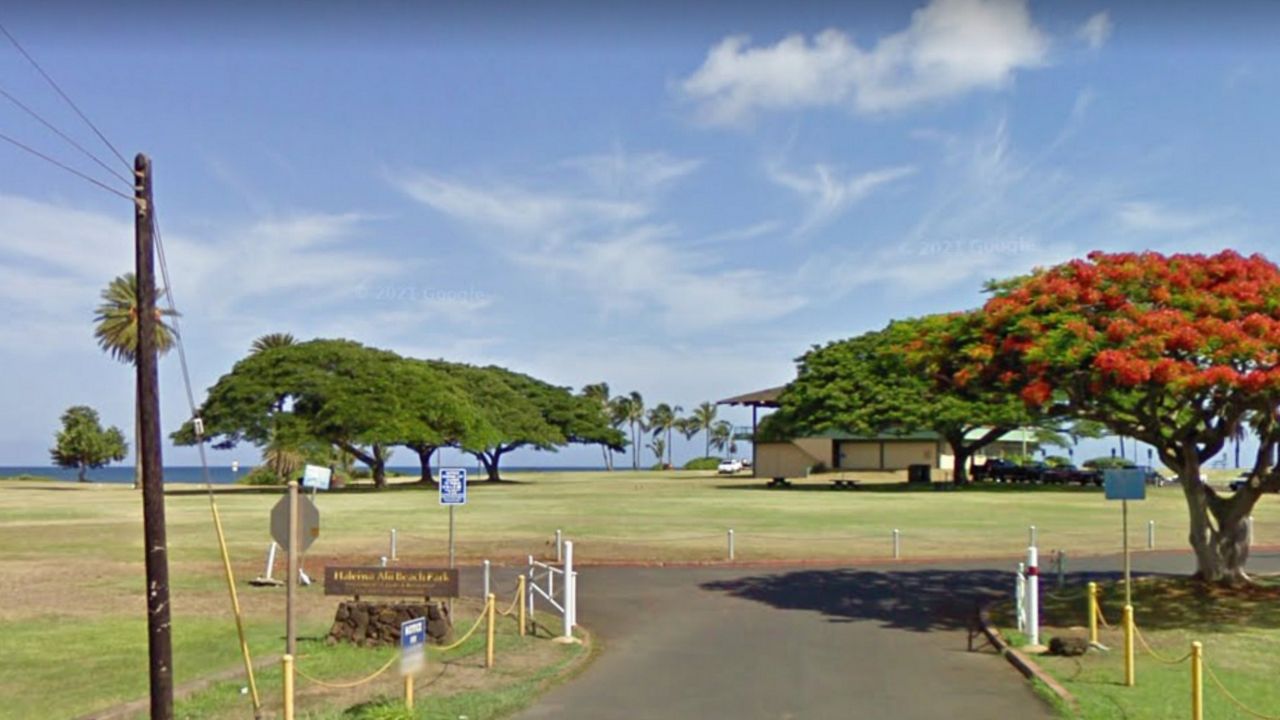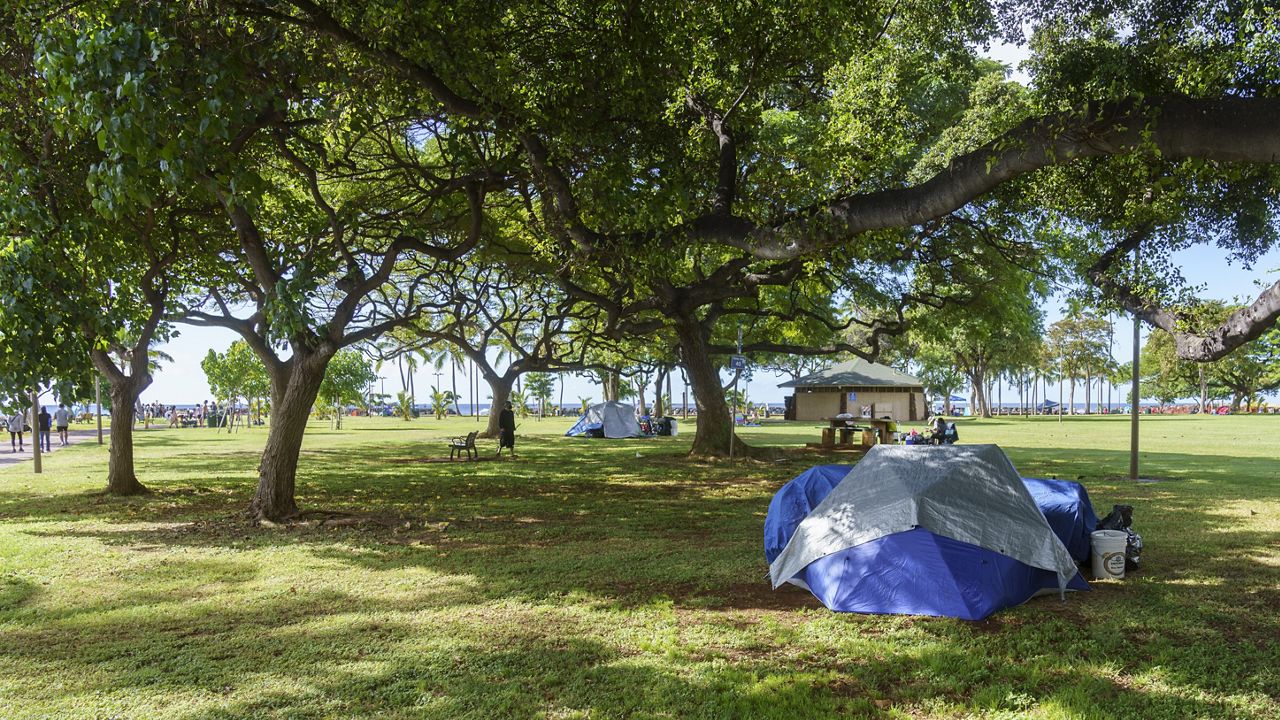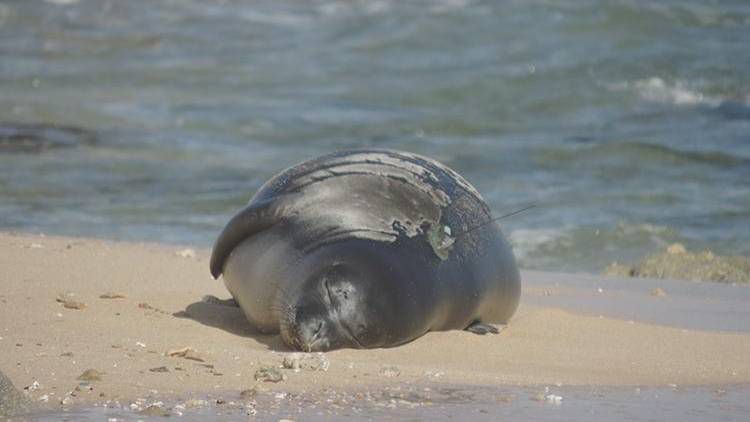HALEIWA, Hawaii — The Department of Health warned the public of high levels of enterococci at Haleiwa Alii Beach Park on Oahu.
Enterococci is fecal bacteria, which comes from human and animal waste and may threaten public health and coral reefs. In humans, enterococci has caused urinary tract infections, meningitis, gastrointestinal symptoms (nausea, vomiting, stomachache, diarrhea, headache or fever), rashes, ear, eye, nose and throat infections, and more.
“Swimming at beaches with pollution in the water may make you ill,” the DOH’s notice said.
At Haleiwa Beach Park, enterococci levels were 531 per 100 milliliters. The advisory will remain in effect until water sample results no longer exceed the threshold level of 130 enterococci per 100 milliliters.
A routine inspection by DOH detected the high-levels of enterococci. The DOH’s Clean Water Branch monitors water quality at beaches, alerting the public through a Brown Water Advisory website and notification system.
The cause of the high bacteria levels was undetermined, but cesspools are a major source of sewage in Hawaii’s waters. The waste in cesspools slowly leaks into the ground and eventually flows into the ocean. There are more than 80,000 cesspools in the islands, and on Oahu there are 11,300 cesspools that discharge 7.5 million gallons of untreated sewage into the environment every day, according to Surfrider Foundation, a local nonprofit.
Surfrider Foundation regularly monitors pollution levels at shorelines around Hawaii, sharing them on its water quality website.









